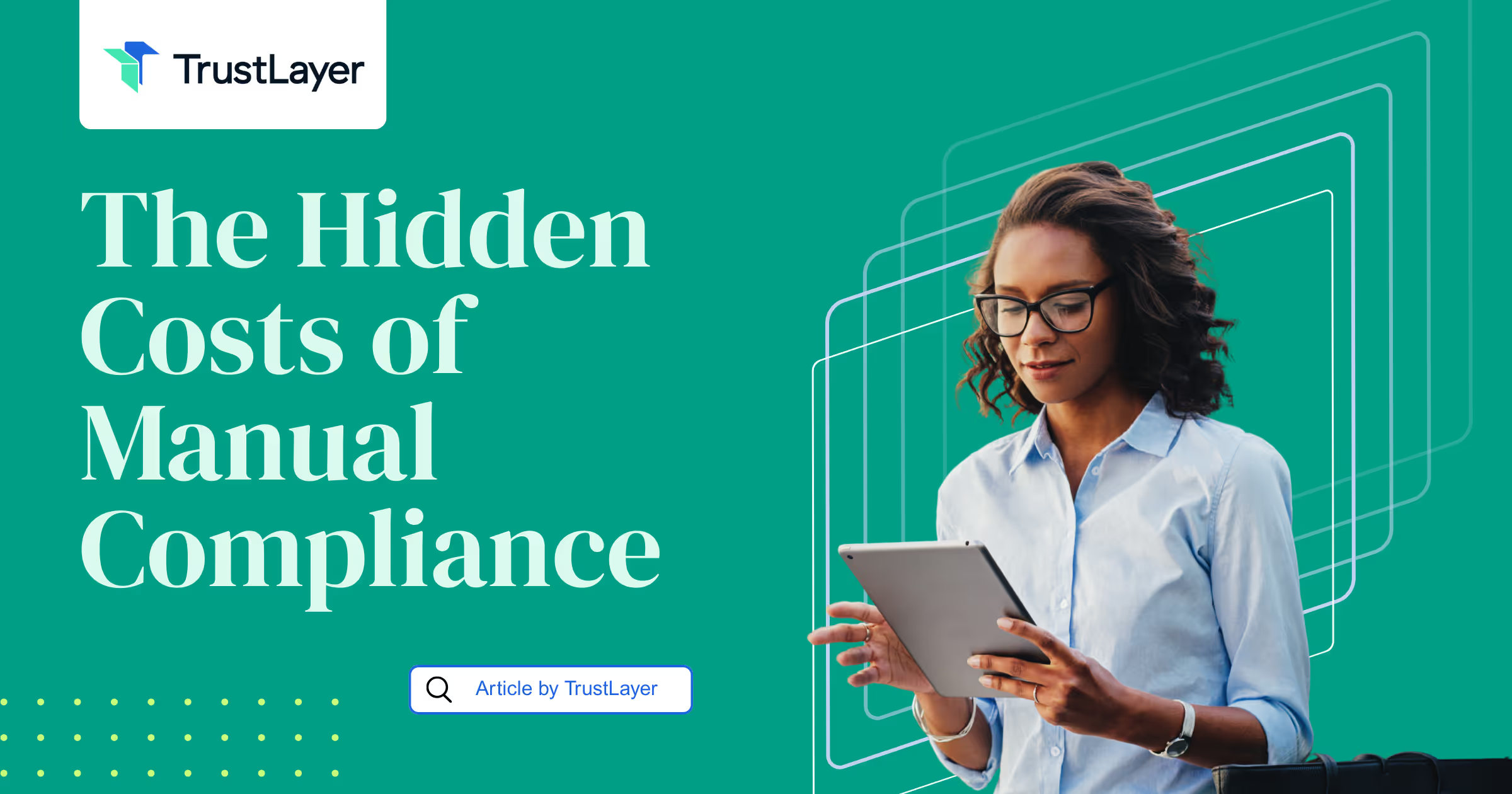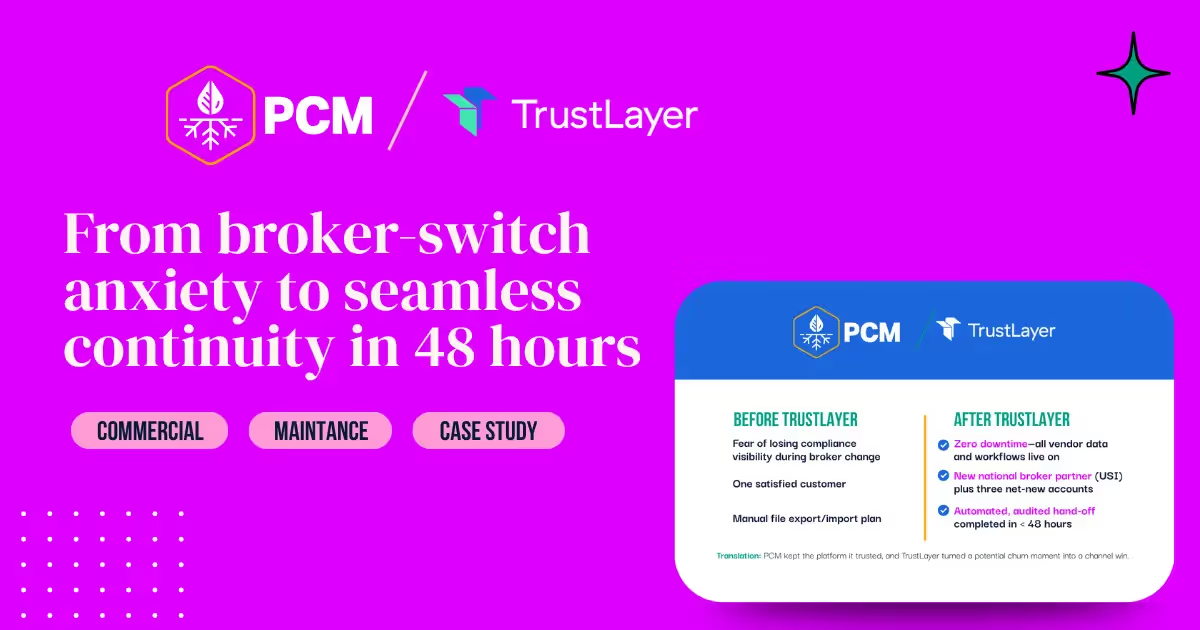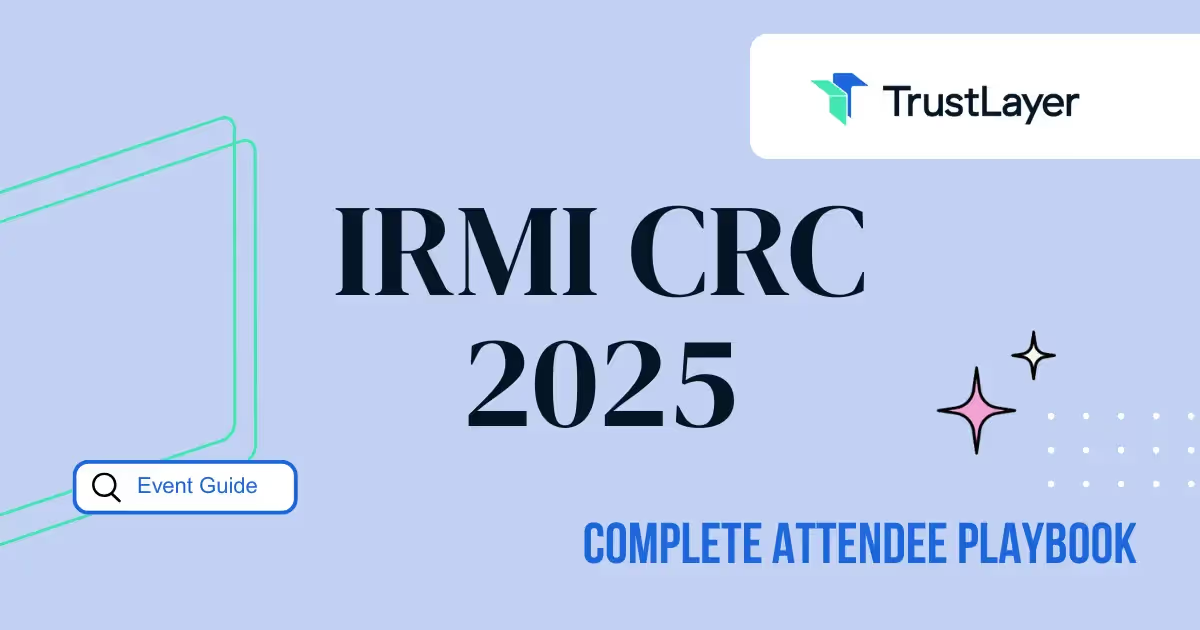COI Walkthrough

Understanding the intricacies of a Certificate of Insurance (COI) can be a daunting task for many. A Certificate of Insurance (COI) serves as proof that an individual or organization has the necessary insurance coverage in place. This walkthrough aims to demystify the COI process, guiding readers through its components, importance, and how to manage it effectively.
What is a Certificate of Insurance?
A Certificate of Insurance is a document that provides evidence of insurance coverage. It typically includes details about the types of coverage, the limits of that coverage, and the policy period. While it is not an insurance policy itself, it is a critical tool for businesses and individuals to demonstrate their insurance status to clients, partners, and regulatory bodies. In many industries, having a Certificate of Insurance (COI) is not just a best practice, but a necessity, as it assures stakeholders that the entity in question is financially protected against potential liabilities.
Key Components of a COI
Understanding the key components of a Certificate of Insurance (COI) is essential for anyone involved in business transactions or contracts. A typical COI includes the following elements:
- Insured Party: This section lists the name of the individual or organization that holds the insurance policy.
- Insurance Company: The name of the insurance provider is included, along with their contact information.
- Policy Number: This unique identifier allows for easy reference to the specific insurance policy.
- Coverage Types: This section outlines the types of coverage included, such as general liability, workers' compensation, or professional liability.
- Policy Limits: The maximum amount the insurance company will pay under the policy is specified here.
- Effective Dates: This indicates the start and end dates of the insurance coverage.
Additionally, some COIs may also include endorsements or additional insureds, which can expand coverage or specify other parties protected under the policy. This is particularly important in industries such as construction, where subcontractors may need to be listed on a contractor's Certificate of Insurance (COI) to ensure they are covered while working on a project. Understanding these nuances can significantly impact the way businesses manage their risk and liability.
Why is a COI Important?
The importance of a Certificate of Insurance (COI) cannot be overstated. It serves several critical functions in the business world:
- Risk Management: By providing proof of insurance, a Certificate of Insurance (COI) helps mitigate risks associated with business operations.
- Contractual Requirements: Many contracts require a Certificate of Insurance (COI) to ensure that all parties are adequately insured.
- Trust Building: Having a Certificate of Insurance (COI) can instill confidence in clients and partners, demonstrating professionalism and responsibility.
Furthermore, a COI can also play a pivotal role in the claims process. In the event of an incident, having a Certificate of Insurance (COI) readily available can expedite the verification of coverage and facilitate quicker resolution. This can be particularly beneficial in industries where time is of the essence, such as event planning or construction, where delays can lead to significant financial losses. Moreover, maintaining an up-to-date Certificate of Insurance (COI) can help businesses avoid potential legal disputes and foster smoother relationships with clients and vendors alike.
How to Obtain a Certificate of Insurance
Obtaining a Certificate of Insurance (COI) is a straightforward process, but it requires meticulous attention to detail. Here’s a step-by-step guide to help navigate through it:
Step 1: Assess Your Insurance Needs
Before requesting a Certificate of Insurance (COI), it's crucial to evaluate your existing insurance coverage. Determine what types of coverage are necessary for your business or personal needs. This assessment will guide you in ensuring that your Certificate of Insurance (COI) accurately reflects the appropriate coverage. Consider factors such as the nature of your business, the associated risks, and any contractual obligations that may necessitate specific types of insurance. For instance, if you're a contractor, you may need general liability and workers' compensation coverage to meet the requirements of your clients.
Step 2: Contact Your Insurance Provider
Once you have a clear understanding of your insurance needs, contact your insurance provider. They can assist you in generating a Certificate of Insurance (COI) that accurately reflects your coverage. Be prepared to provide them with any necessary information, such as the name of the entity requesting the Certificate of Insurance (COI) and the specific types of coverage required. It’s also wise to inquire about any additional endorsements or clauses that may need to be included, especially if the requesting party has unique requirements. This proactive communication can prevent delays and ensure that the COI is tailored to meet all necessary specifications.
Step 3: Review the COI
After your insurance provider issues the Certificate of Insurance (COI), take the time to review it thoroughly. Ensure that all details are accurate, including the insured party's name, coverage types, policy limits, and effective dates. Any discrepancies should be addressed immediately with your insurance provider. Additionally, check for any exclusions that might apply to your policy, as these could affect your coverage in specific situations. Understanding these nuances can help you avoid potential pitfalls in the future, especially when dealing with clients or partners who have strict insurance requirements.
Moreover, it's essential to keep a record of all COIs. You obtain, as may be required for various transactions or contractual agreements. Maintaining an organized system for these documents can save you time and hassle in the future. Consider setting reminders for when your policies are due for renewal so that you can request an updated Certificate of Insurance (COI) promptly. This proactive approach not only demonstrates professionalism but also ensures that you remain compliant with any ongoing obligations related to your insurance coverage.
Common Uses of a COI
A Certificate of Insurance is utilized in various scenarios across different industries. Understanding these common uses can help clarify the document's significance.
Business Contracts
In many business contracts, particularly those involving subcontractors or vendors, a Certificate of Insurance (COI) is often required. This requirement ensures that all parties involved are protected against potential liabilities. It acts as a safeguard, confirming that the other party has the necessary insurance coverage to fulfill their obligations. Additionally, the presence of a COI can enhance trust and credibility between business partners, as it demonstrates a commitment to responsible risk management. Companies that consistently provide Certificates of Insurance (COIs) may find it easier to secure contracts, as clients often prefer to work with those who prioritize their financial protection.
Event Planning
For events, whether corporate or personal, a Certificate of Insurance (COI) may be required by venues or vendors. This is particularly true for events that involve large gatherings or high-risk activities. By providing a Certificate of Insurance (COI), event organizers can demonstrate that they have liability coverage in place, thereby protecting both themselves and the venue from potential claims. Furthermore, having a Certificate of Insurance (COI) can streamline the planning process, as many venues have strict insurance requirements that must be met before an event can be held. This not only helps in avoiding last-minute complications but also ensures that all parties are on the same page regarding insurance expectations, allowing for a smoother and more successful event experience.
Leasing Agreements
Landlords often request a Certificate of Insurance (COI) from tenants to ensure they have adequate insurance coverage. This is especially common in commercial leases, where the landlord wants to mitigate risks associated with property damage or liability claims that may arise during the lease term. A COI can also serve as a valuable tool for tenants, as it may provide them with an opportunity to negotiate better lease terms. By demonstrating their commitment to maintaining insurance coverage, tenants can build a positive relationship with their landlords, potentially leading to more favorable conditions such as lower security deposits or extended lease durations. Additionally, having a COI can protect tenants from unexpected costs related to damages or accidents that occur on the leased property, further solidifying the importance of this document in the leasing process.
Managing Your COI
Once a COI has been obtained, managing it effectively is crucial. Here are some tips to ensure that your COI remains up-to-date and relevant.
Keep Track of Expiration Dates
One of the most critical aspects of managing a Certificate of Insurance (COI) is keeping track of its expiration date. Insurance policies often have specific terms, and failing to renew coverage can leave individuals or businesses exposed to risks. Setting reminders for renewal can help ensure that coverage remains uninterrupted. Additionally, consider using digital tools or software that can automate these reminders, providing alerts well in advance of expiration dates. This proactive approach can save you from last-minute scrambles and potential lapses in coverage.
Communicate with Stakeholders
Regular communication with stakeholders, including clients, partners, and vendors, is essential. If there are any changes to your insurance coverage, such as limits or types of coverage, ensure that all relevant parties are informed. This transparency helps maintain trust and reduces the likelihood of disputes. Furthermore, consider holding periodic meetings or sending out newsletters that include updates on your insurance status. This not only keeps everyone informed but also reinforces your commitment to responsible risk management.
Request Updates as Needed
As your business evolves, so too may your insurance needs. If you expand your operations, take on new projects, or hire additional staff, it may be necessary to update your Certificate of Insurance (COI). Regularly review your coverage with your insurance provider to ensure it aligns with your current operations. It's also wise to conduct an annual risk assessment to identify any new exposures that may have arisen over the past year. This proactive evaluation can help you adjust your coverage accordingly, ensuring that you are adequately protected against emerging risks.
Document Changes and Updates
In addition to keeping your Certificate of Insurance (COI) up to date, it's also essential to document any changes made to your coverage. This includes noting when updates are requested, what changes were made, and any correspondence with your insurance provider. Maintaining a detailed record can be invaluable in the event of a claim or dispute, as it provides evidence of your diligence in managing your insurance. Furthermore, having organized documentation can streamline the process when you need to present your Certificate of Insurance (COI) to clients or regulatory bodies, ensuring that you have all necessary information readily available.
Educate Your Team
Finally, educating your team about the importance of the COI and its management can foster a culture of awareness and responsibility within your organization. Consider hosting training sessions or workshops that cover the basics of insurance and risk management. By equipping your employees with knowledge about the COI, they can better understand its significance and contribute to its effective management. This collective effort not only enhances your organization's risk management strategy but also empowers your team to make informed decisions that align with your business objectives.
Challenges in Obtaining a COI
While obtaining a Certificate of Insurance (COI) is generally a straightforward process, challenges can arise along the way. Understanding these potential hurdles can help individuals and businesses prepare effectively for them.
Complex Insurance Needs
For businesses with complex insurance needs, obtaining a Certificate of Insurance (COI) can be more challenging. This complexity may arise from multiple types of coverage, varying limits, or unique industry requirements. In such cases, working closely with an experienced insurance broker can help navigate these complexities and ensure that the Certificate of Insurance (COI) accurately reflects the necessary coverage.
Delays in Processing
Sometimes, there may be delays in processing a COI request, particularly if the insurance provider is handling a high volume of requests. To mitigate this risk, it’s advisable to request a Certificate of Insurance (COI) well in advance of any contractual requirements or deadlines. This proactive approach can help avoid last-minute issues.
Miscommunication with Insurance Providers
Miscommunication can lead to errors on the Certificate of Insurance (COI), which can cause complications down the line. To prevent this, it’s essential to provide clear and detailed information when requesting a Certificate of Insurance (COI). Additionally, maintaining open lines of communication with the insurance provider can help clarify any uncertainties that may arise.
Conclusion
In summary, a Certificate of Insurance is a vital document that serves as proof of insurance coverage. Understanding its components, importance, and management strategies can empower individuals and businesses to navigate the complexities of insurance with confidence. By following the steps outlined in this walkthrough, anyone can effectively obtain and manage their Certificate of Insurance (COI), ensuring they are prepared for any contractual or business-related requirements.
As the business landscape continues to evolve, staying informed about insurance needs and requirements will remain crucial. A proactive approach to managing a COI can not only protect against potential liabilities but also enhance credibility and trust in professional relationships.
Ready to streamline your COI management and embrace the future of risk management? TrustLayer is here to revolutionize the way you handle certificates of insurance. With our cutting-edge technology, you can automate the tedious process of document collection, verification, and storage, freeing up valuable time and resources. Join the hundreds of thousands of companies that have already discovered the ease of collaborating on vendor document management with TrustLayer. Don't let manual processes slow you down. Set up a time to talk with our team and see how we can help you build following practices to keep your business ahead.
















